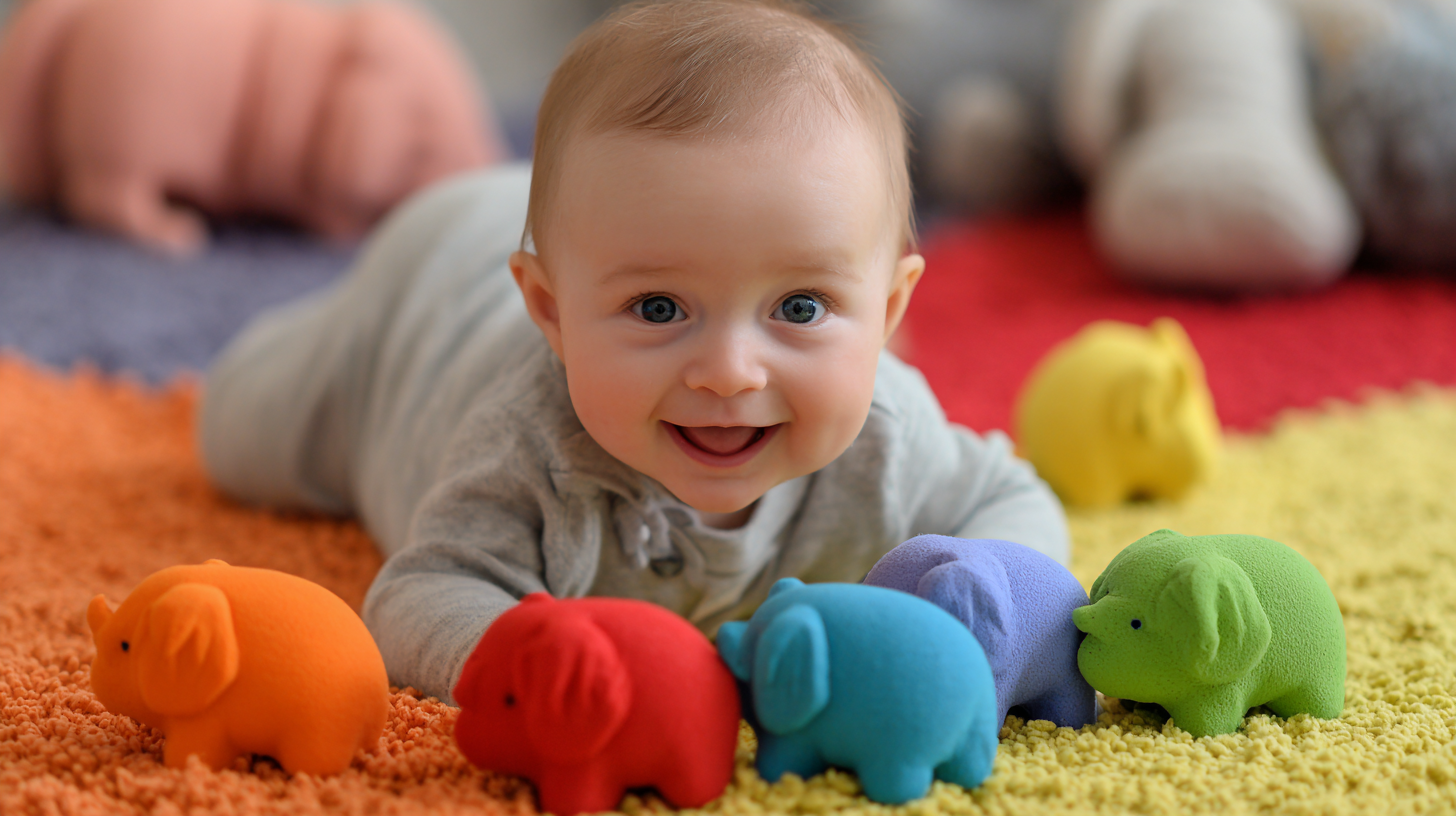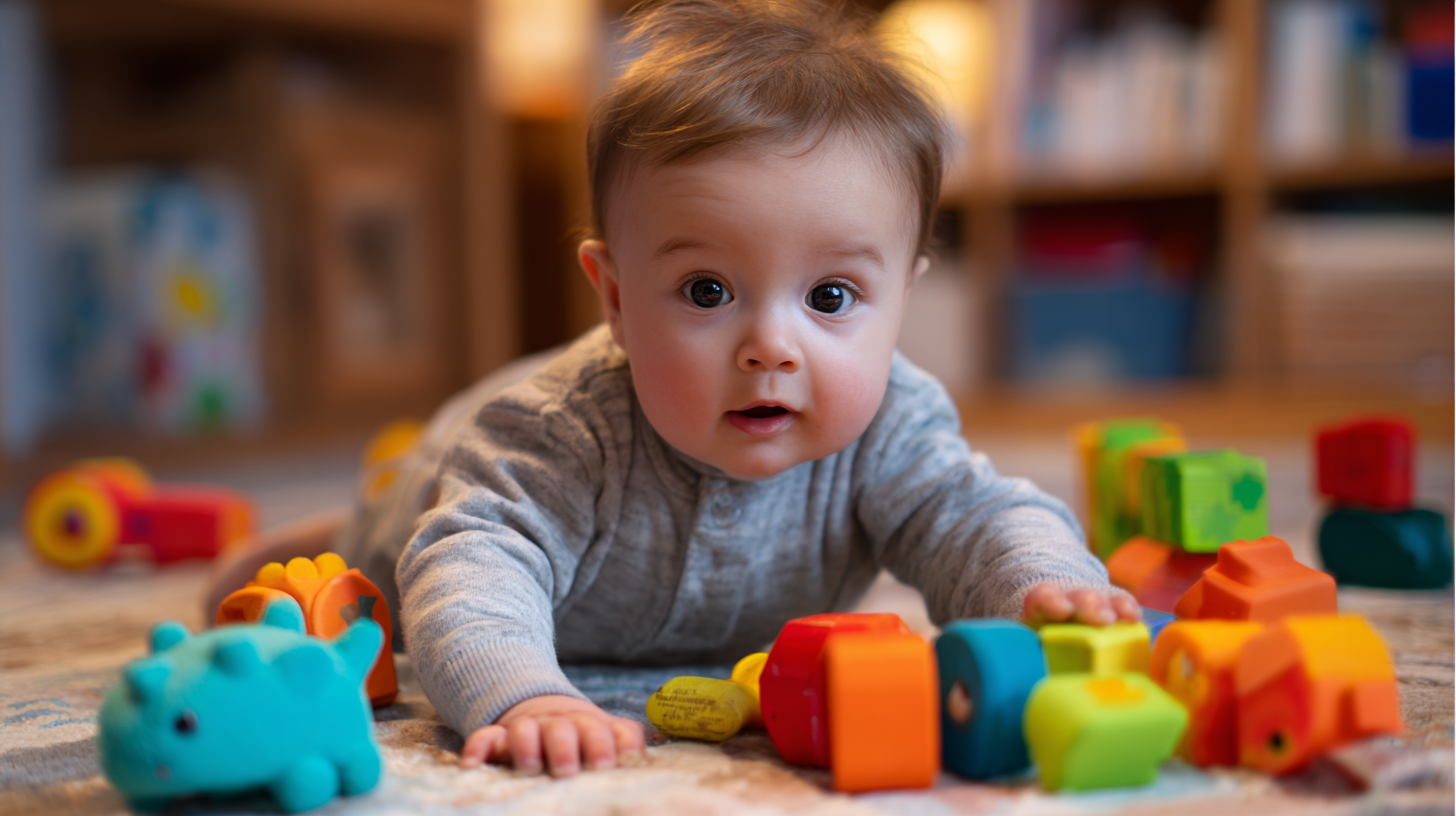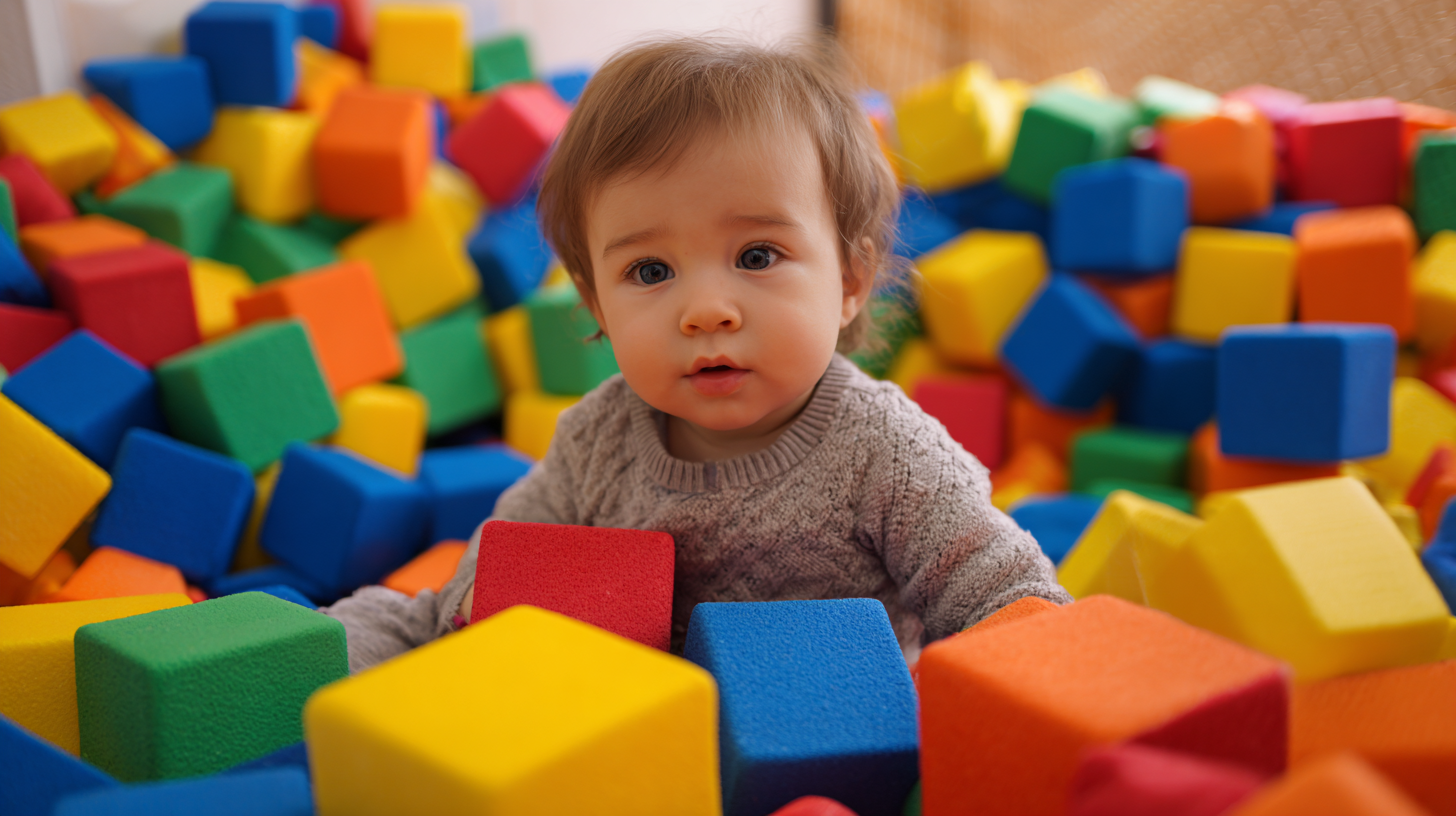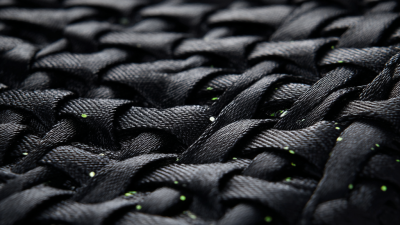Choosing the right foam bath toys for your baby is not just about adding fun to bath time; it is also essential for your child's development. Foam bath toys provide a unique blend of sensory stimulation, motor skill enhancement, and imaginative play. As parents, selecting safe and engaging toys can significantly contribute to your little one's cognitive and physical growth during these formative years. Furthermore, understanding the different types of foam bath toys available can help you create a positive and educational bathing experience. This guide aims to explore the various options in foam bath toys, their benefits, safety considerations, and tips for making the best choices that cater to your baby's needs. By investing in the right foam bath toys, you can ensure that bath time becomes a joyful and developmental activity for your child.

When selecting foam bath toys for your baby, the choice of material is crucial for ensuring safety and promoting healthy development. Generally, foam bath toys should be made from non-toxic materials such as EVA (ethylene vinyl acetate) or PE (polyethylene), which are soft, lightweight, and free from harmful chemicals like BPA and phthalates. It’s important to check for safety certifications or labels that indicate the toy's compliance with safety standards. Toys with small parts that can be detached pose a choking hazard and should be avoided.
Additionally, consider the cleanliness and durability of the material. Foam toys are prone to mildew if not properly dried, so opt for those that dry quickly and feature airtight designs to minimize water retention. Look for brightly colored toys that are free from lead-based paints, as these can pose serious health risks. By focusing on safe materials and design features, you can choose foam bath toys that not only provide fun during bath time but also contribute positively to your baby's development.
When selecting foam bath toys for your baby, it is crucial to consider age-appropriate features that foster optimal development.
According to a report by the American Academy of Pediatrics, engaging in water play can enhance a child's
sensory development and motor skills. For infants, toys that are soft, lightweight, and easy to grip
are ideal, allowing them to practice hand-eye coordination. As children grow older, interactive elements, such as squirt features
or sound-making capabilities, can stimulate cognitive and social skills during playtime.
Tips: Look for toys that are free from harmful chemicals, such as BPA and phthalates,
to ensure your child's safety during bath time. Additionally, consider toys with varying textures—smooth,
bumpy, or squishy—as they help in sensory exploration, which is vital for brain
development in early childhood.
As toddlers transition to more complex play scenarios, it’s suggested by early childhood education specialists that the inclusion of
toys promoting imaginative role play (like foam animals or boats) can significantly aid language development and creativity.
Parents should also keep an eye out for toys that encourage cooperative play,
fostering social skills among siblings or peers during bath time.
When selecting foam bath toys for your baby, prioritizing non-toxic and eco-friendly materials is crucial to ensure their safety and well-being. According to the American Academy of Pediatrics, children's toys can often contain harmful chemicals like phthalates and BPA, which can interfere with healthy development.
Opting for toys labeled as non-toxic helps to minimize exposure to these potentially dangerous substances. Additionally, eco-friendly foam bath toys are typically made from sustainable materials, reducing the environmental impact.
When evaluating bath toys, look for certifications such as ASTM and EN71, which indicate that the products meet safety standards. It's also beneficial to choose toys that are free from lead, PVC, and heavy metals. Consider toys made from natural rubber or biodegradable foam, which not only support healthier playtime but also align with a more sustainable lifestyle.

Bath time can be more than just a cleaning routine; it can be a delightful experience for both babies and parents. Incorporating foam bath toys into your child's bath time not only adds an element of fun but also fosters their cognitive and motor skill development. Research indicates that children learn best through play, and foam toys offer endless opportunities for imaginative scenarios. For instance, creatively using foam shapes to teach colors and shapes can aid in early childhood learning while keeping little ones engaged.
One innovative way to enhance the bath experience is by introducing interactive foam toys that provide visual and sensory stimulation. A recent trend features toys that light up and spray water, turning an ordinary bath into an exciting adventure. Such engaging toys encourage children to explore and experiment, which is crucial for their development. According to industry reports, toys that combine learning and play, especially in a water setting, are highly beneficial, as they not only entertain but also promote critical thinking and problem-solving skills. By thoughtfully selecting foam toys, parents can make bath time a period of growth and discovery, creating a fun and secure environment where children can thrive.
When it comes to maintaining cleanliness in your baby's bath toys, proper care is essential to ensure a safe and healthy bathing experience. Foam bath toys, while fun and engaging, can harbor mold and mildew if not cleaned and dried correctly. After each bath, it’s important to rinse the toys thoroughly with clean water to remove any soap residue and bacteria. Regularly inspect the toys for any signs of mold, and if you spot any, it's best to replace them to ensure your baby's safety.
To prolong the life of foam bath toys, drying them properly is crucial. After rinsing, allow the toys to air dry completely in a well-ventilated area rather than leaving them in the bath or a damp environment. You can also squeeze out excess water from inside the toys to expedite the drying process. Every few weeks, consider giving them a deeper clean by soaking them in a mixture of vinegar and water, which can help eliminate any stubborn mold and bacteria without the use of harsh chemicals. By following these simple care guidelines, you can keep your baby’s foam bath toys safe, clean, and ready for fun during bath time.







